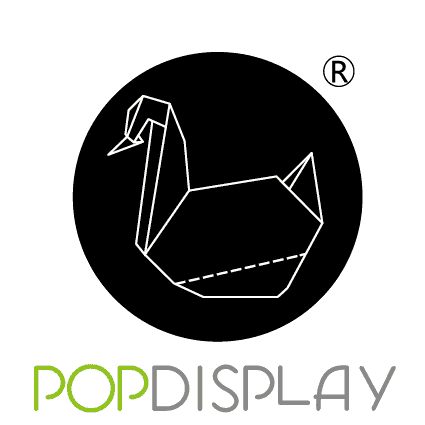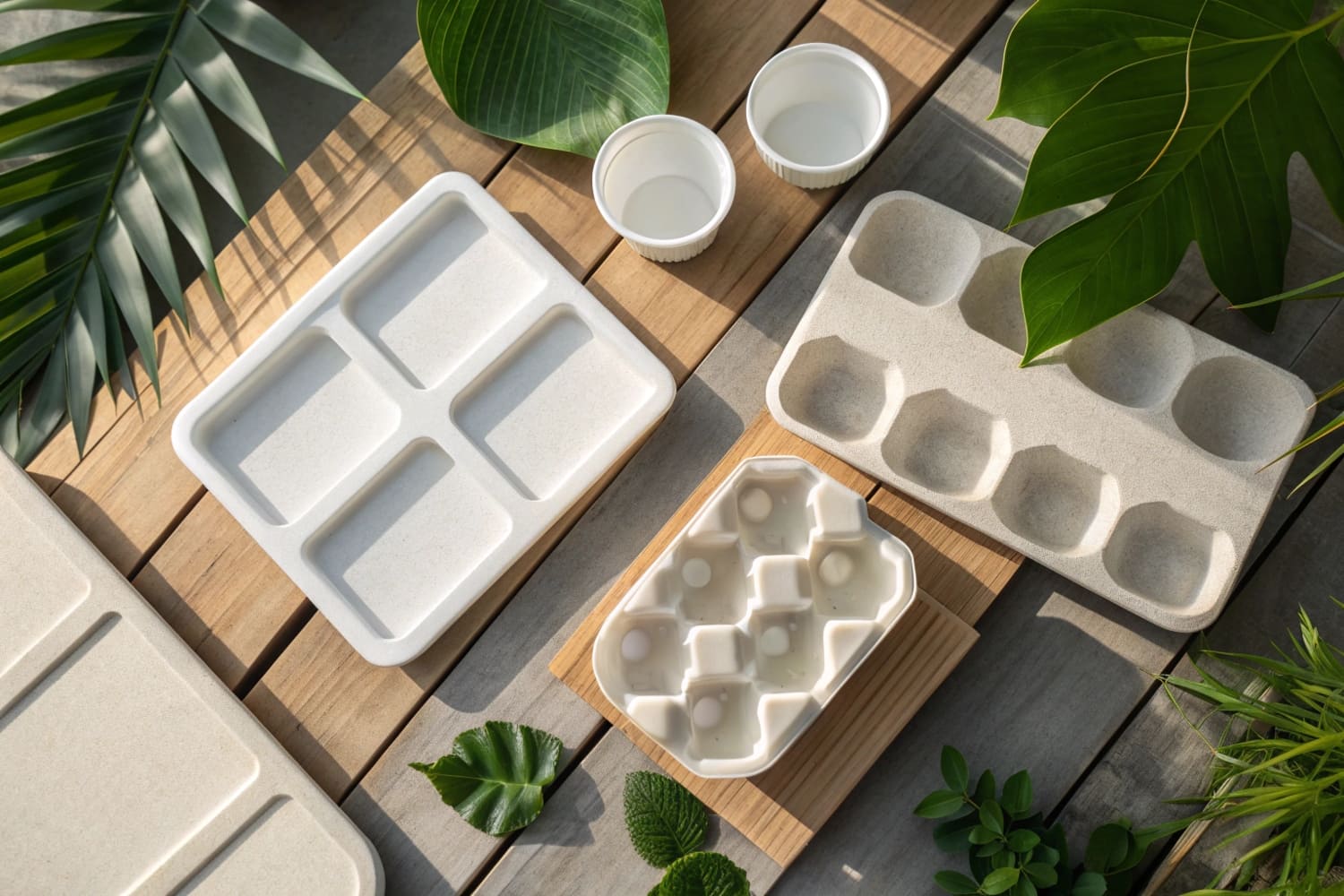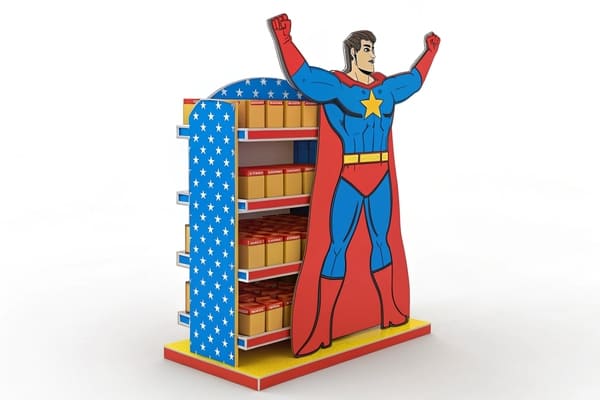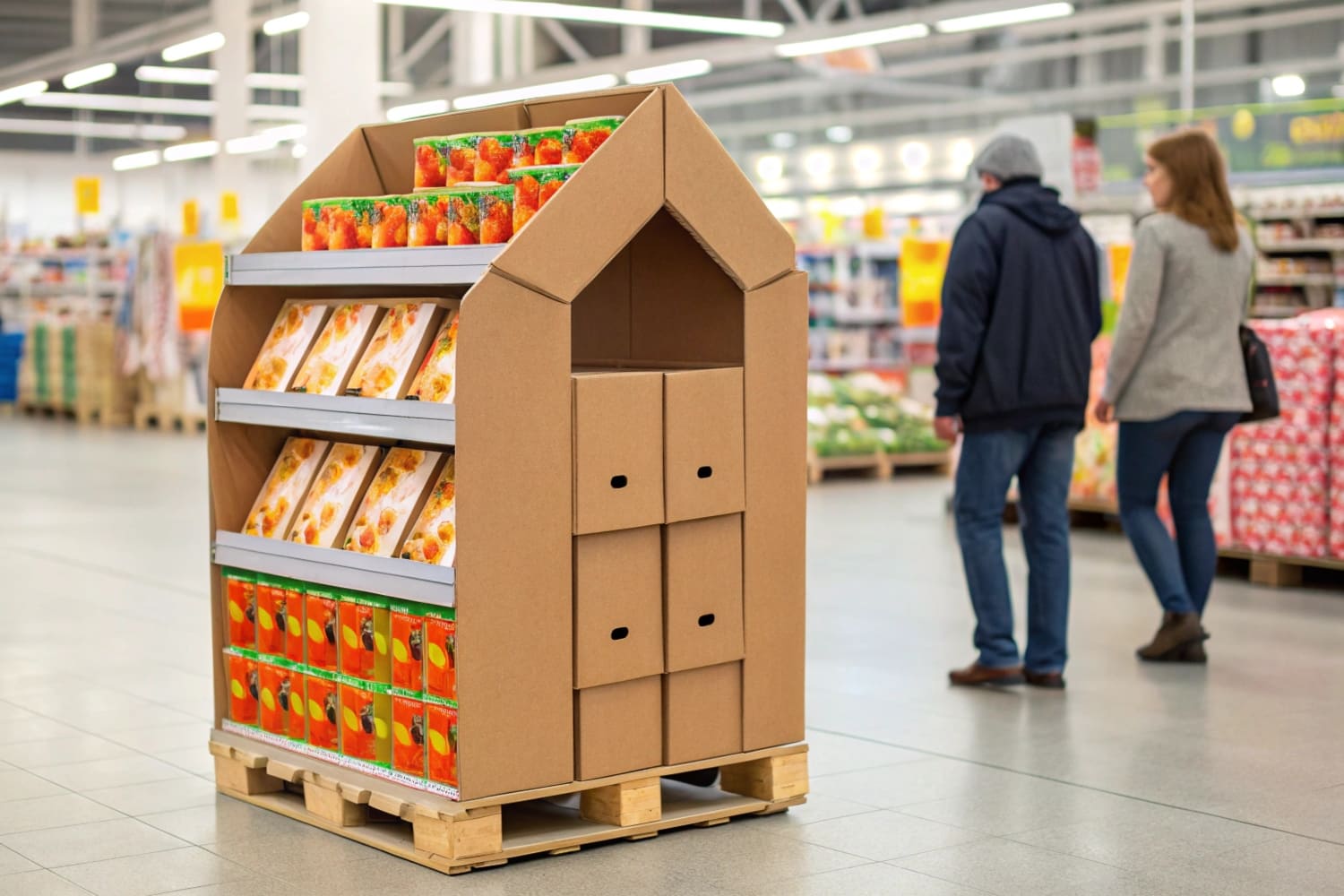What Are Point-of-Purchase Displays?
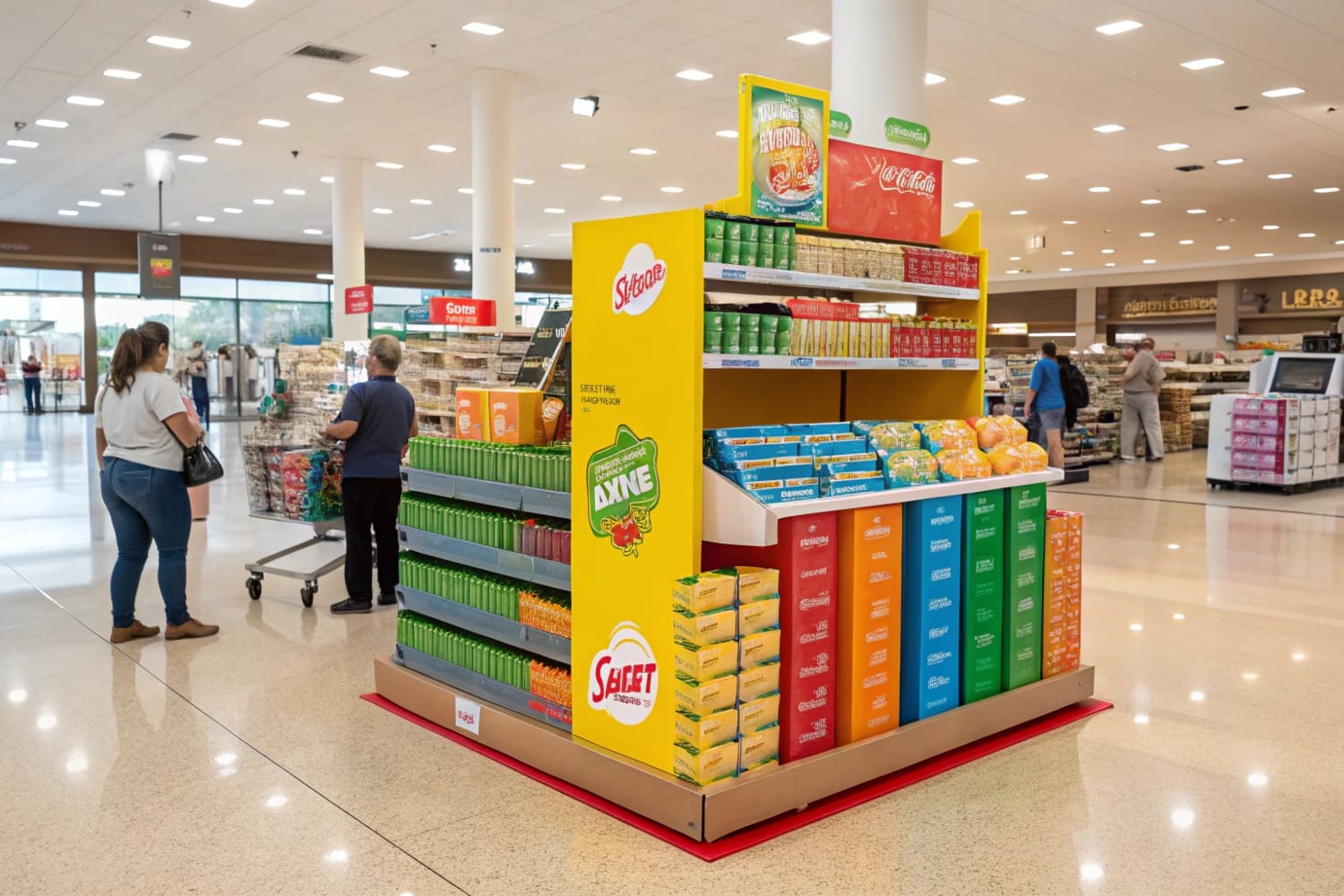
Customers keep walking past products that could solve their problems, and retailers lose sales; frustration rises.
Point-of-purchase displays are branded fixtures placed at or near the checkout or decision area to grab attention, trigger impulse interest, and convert undecided shoppers into buyers.
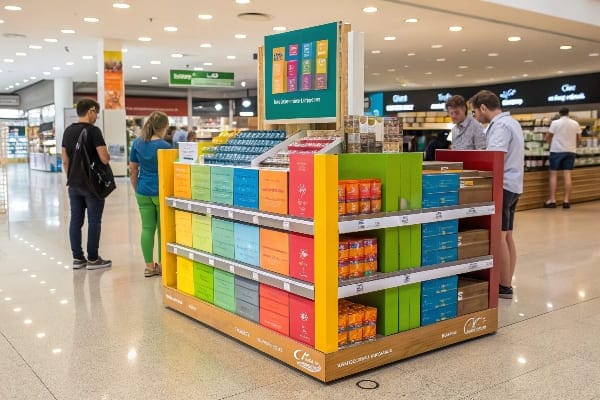
People who stop reading now miss the specific examples, hidden pitfalls, and inside lessons I learned on factory floors while making thousands of these displays.
What is an example of a point of purchase display?
Many shoppers ignore over-stuffed aisles. They need a clear signal that says “stop and look” right where they stand.
A freestanding cardboard floor stand next to the checkout, stacked with single-serve snacks, is a classic point-of-purchase display.
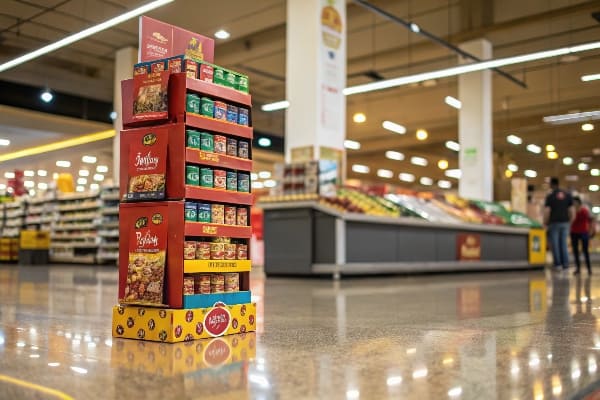
Typical Forms You Will See
Below I break common examples into groups I have built in my own plant.
| Type | Usual Location | Typical Lifespan | Ideal Product |
|---|---|---|---|
| Countertop tray1 | On the service desk | 1–3 months | Gift cards |
| Side-kick/Power wing2 | Hanging from a gondola end | 2–4 months | Batteries |
| Floor stand3 | Beside the queue line | 3–6 months | Limited-edition drinks |
| Pallet skirt | Warehouse club center | 1–2 weeks | Seasonal bulk items |
Why Floor Stands Work
I noticed during my last U.S. trade show that buyers stopped more often at floor stands than at simple shelf talkers. The vertical shape runs from foot to eye level, so sightlines stay clear even when aisles crowd up. Cardboard also ships flat, reducing freight, and my team can pre-pack merchandise so store staff only need to pop it open. That cuts labor minutes, a hidden cost many retailers overlook. When I watched staff in Chicago assemble our hunting-arrow stand, it took them under three minutes, half the time of a wire rack. Those saved minutes multiply across 500 stores.
What are the benefits of point of purchase display?
Retailers struggle with margin pressure; ordinary shelving seldom lifts units fast enough.
POP displays increase impulse sales, improve brand recall, offer flexible messaging, and provide store-friendly setup that lowers merchandising labor.
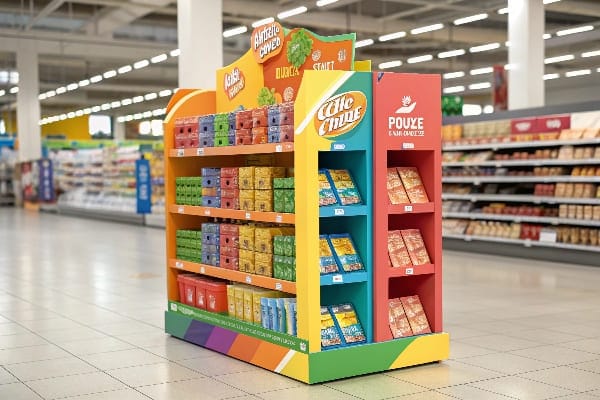
How Each Benefit Shows Up in Real Numbers
| Benefit | Mechanism | My Factory Case Result |
|---|---|---|
| Impulse lift4 | Eye-level graphics trigger sudden desire | Snack brand saw 34 % boost in four weeks |
| Brand recall5 | Repeated color and logo at checkout | 18 % higher aided recall in survey |
| Flexible swap | Printed sleeves slip over core stand | Campaign change done in two minutes |
| Labor savings6 | Knock-down design ships flat | Store cut setup time by 40 % |
The Hidden Long-Term Gain
When buyers like David from Barnett Outdoors commit to repeated orders, the first run often operates at thin profit. My team absorbs extra prototyping hours because the next five reorders reuse tooling. That approach lets me give generous design tweaks without charging. In return, retailers roll out displays across more locations, intensifying brand presence without extra shelf fees. The display becomes silent real-estate that the brand owns, not rents.
What is the point of purchase of pop?
Shoppers face a flood of choices; chaos freezes decision-making.
The point of purchase is the physical or digital spot where the shopper finally decides to pay, and POP displays target that precise moment to steer the choice.
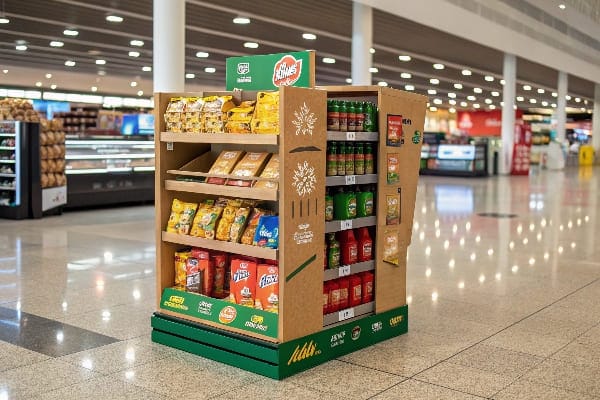
Mapping the Decision Zone
| Environment | Decision Hotspot7 | Effective Display |
|---|---|---|
| Supermarket | End cap near bakery | Corrugated power wing |
| Electronics store | Island demo table | Interactive shelf-top |
| E-commerce | Cart page | On-screen upsell banner |
| Gas station | Counterfront | Acrylic gravity bin |
My Observations on Timing
Timing matters more than graphic art. During a convenience-store test, we placed a small crossbow-accessory display one meter before the cashier. Sales rose 12 %. When we slid it behind the cashier, lift dropped to 3 %. The shopper’s brain locks the basket just before reaching the counter. So I design displays to sit within arm’s reach during those last five seconds. Our factory adds pre-applied double-sided strips8 so staff fix the unit on any counter edge in seconds, ensuring correct placement.
What is the difference between POS and POP display?
Store teams mix up the terms, so confusion derails rollout and reporting.
POS, or point-of-sale, refers to the transactional system; POP, or point-of-purchase display, is the physical marketing aid placed near that transaction point.
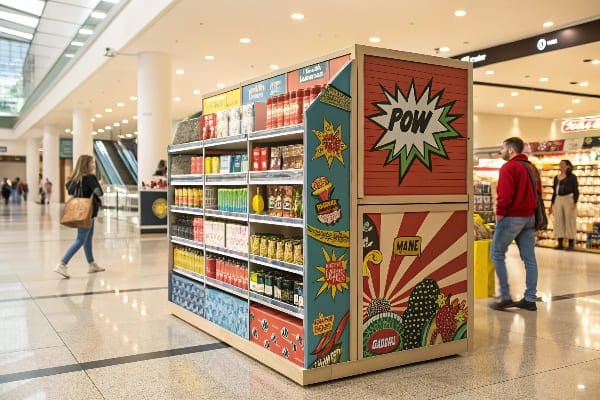
Comparing the Two in Plain Language
| Aspect | POS | POP Display9 |
|---|---|---|
| Core Purpose | Process payment | Influence purchase |
| Components | Cash register, scanner, software | Stand, rack, signage |
| Owner | Store operations team | Brand or trade marketing |
| ROI Metric | Transaction speed, accuracy | Incremental unit sales |
Why the Distinction Matters to Budget
When I pitch to procurement10, POP falls under marketing spend11, not hardware. If finance mistakenly parks display cost under POS capital, approval stalls. By clarifying that our cardboard stand is a variable marketing asset, I speed sign-off. It also secures a larger creative budget because marketing appreciates the sales-lift numbers. In my last Walmart rollout, separating the two lines saved four weeks of red-tape.
Which of the following is the benefit of point of purchase display?
Managers reading scattered lists still ask which single benefit truly counts.
The most immediate benefit is impulse sales lift, because POP displays convert undecided traffic into extra units without expanding shelf space.
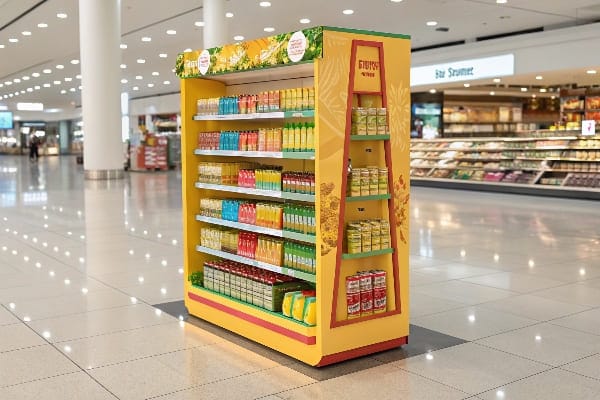
Ranking the Benefits by Speed of Return
| Benefit | Time to Realize | Typical Lift | Why It Comes Fast |
|---|---|---|---|
| Impulse sales12 | Days | 10-40 % | Display visible day one |
| Brand awareness13 | Weeks | Hard to measure | Needs repeated exposure |
| Category education14 | Months | Increases basket size | Requires shopper learning |
Practical Proof
For a fishing-hook brand, we installed a countertop spinner unit at 150 Midwestern stores. Sales data from POS logs showed a 22 % jump in the first weekend. Awareness metrics lagged but were less critical to the buyer who had quarterly sales targets. That hard number helped secure reorder, proving that impulse lift is the headline benefit procurement cares about.
What is the advantage of point of purchase recruitment method?
Hiring managers struggle to reach candidates who already understand the brand culture.
POP recruitment taps customers right at checkout, yielding applicants who know the product, shortening onboarding time, and reducing ad spend.
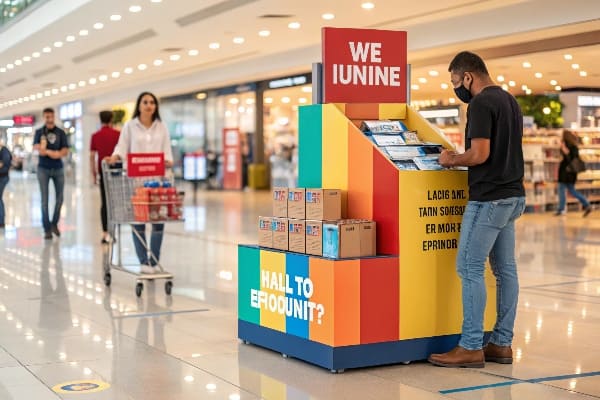
How It Works on the Ground
| Step | Display Element | Recruitment Win |
|---|---|---|
| Show job card | Small flyer attached to stand | Zero media cost |
| Scan QR code | Directs to application form | Immediate data capture |
| Talk to staff | Candidate already on site | Pre-screen passion |
Lessons From My Own Factory
I borrowed the concept inside my plant. During open day, we placed a job QR15 on a pallet display demo. Visiting suppliers scanned it, and three skilled machine operators applied on the spot. They had just watched our die-cutters in action, so their onboarding curve shortened. Retailers can copy the same mechanic; attach a “Join our team” tag to a floor stand. Candidates see real product context, which filters out casual clickers. HR saves on job-board fees, and turnover drops because hires already like the environment they shop in.
Conclusion
Point-of-purchase displays, when built with clear goals and simple design, turn passive footfall into profitable action across sales, marketing, and even recruitment.
Learn about the advantages of countertop trays for promoting products effectively at the point of sale. ↩
Discover how side-kick/power wings can boost product visibility and sales in retail environments. ↩
Explore how floor stands enhance visibility and efficiency in retail, making them a smart choice for product placement. ↩
Explore how impulse lift can significantly boost sales and enhance customer engagement in retail environments. ↩
Understanding brand recall can help you leverage marketing strategies to improve customer loyalty and sales. ↩
Discover how labor savings can streamline operations and reduce costs in retail, enhancing overall efficiency. ↩
Understanding decision hotspots can significantly enhance product placement strategies, leading to increased sales. ↩
Learning about innovative display solutions can streamline installation processes and enhance merchandising effectiveness. ↩
Understanding POP Display can enhance your marketing strategies and improve sales effectiveness. ↩
Exploring procurement can help you streamline purchasing processes and improve budget management. ↩
Learning about marketing spend can optimize your budget allocation and enhance overall marketing effectiveness. ↩
Explore how impulse sales can significantly boost revenue quickly, making it a vital strategy for retailers. ↩
Understanding brand awareness can help you leverage its long-term benefits for sustained growth in sales. ↩
Learn about category education’s role in increasing basket size and enhancing shopper experience. ↩
Explore how job QR codes can streamline recruitment and enhance candidate engagement in real-time. ↩
